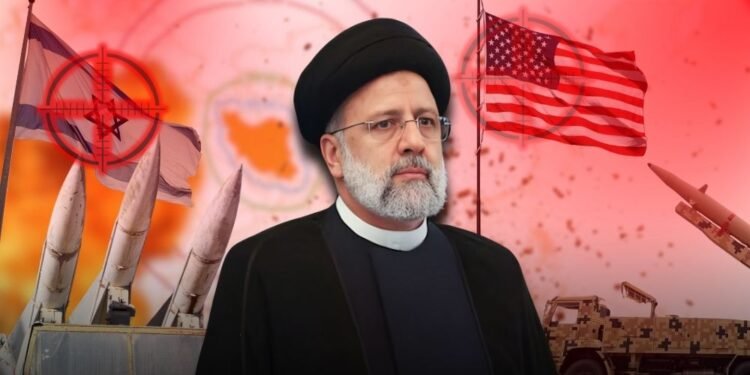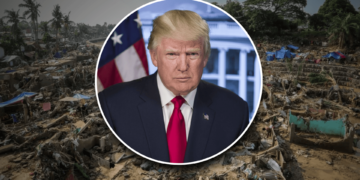On June 13, 2025, Iran launched a massive missile and drone attack on Israel in response to earlier Israeli airstrikes that targeted sites in Tehran and Natanz. The Israeli strikes reportedly killed dozens, including members of the Islamic Revolutionary Guard Corps (IRGC) and affiliated military personnel.
The Iranian operation, dubbed “Operation True Promise III,” marked a significant escalation in the ongoing conflict. Explosions were reported in Tel Aviv and other cities, leaving three people dead and more than 40 injured, according to Israeli emergency services. Israeli air defenses, with support from the U.S., intercepted the majority of incoming projectiles.
Iran’s Response Highlights Expanding Capabilities
Iran launched over 150 ballistic missiles and more than 100 drones during the strike, according to official Israeli and U.S. sources. This represented one of the largest direct attacks by Iran on Israeli territory in modern history.
The Iranian military includes approximately 610,000 active personnel—divided between the regular army (Artesh) and the IRGC—plus around 350,000 reservists. While Iran’s 2024 defense budget was estimated at $7.9 billion by SIPRI, its investments in asymmetric warfare and domestic weapons production allow it to maintain regional influence despite limited resources.
Much of Iran’s arsenal is produced domestically, including a variety of ballistic and cruise missiles. The IRGC’s Quds Force also supports proxy groups like Hezbollah in Lebanon and various militia forces in Iraq and Yemen.
Missiles, Drones, and Proxies Shape the Threat Landscape
Iran’s missile program includes short- and medium-range ballistic systems such as the Zolfaghar (up to 700 km range) and the Shahab-3 (up to 2,000 km range). These can strike targets in Israel, U.S. bases in Iraq and the Gulf, and critical infrastructure in Saudi Arabia. In 2020, Iran used missiles to strike U.S. forces at Al-Asad Airbase in Iraq, injuring over 100 service members—demonstrating both reach and coordination.
Cruise missiles like the Hoveyzeh, with a reported range of around 1,350 km, offer additional precision capabilities. Iran also fields loitering munitions and drones, such as the Shahed-136, which has been used in various regional conflicts and exported to Russian forces for use in Ukraine. These drones are designed for swarm attacks and can be launched in large numbers to overwhelm enemy defenses.
The June 2025 strike involved simultaneous launches of drones and missiles, a tactic aimed at saturating Israel’s Iron Dome and other missile defense systems. While most were intercepted, the event demonstrated Iran’s evolving coordination and long-range strike capabilities.
Sea Power and Proxies Extend Iran’s Reach
Iran has expanded its maritime assets, including the deployment of the Shahid Bagheri, a drone-launching vessel converted from a commercial ship. The IRGC Navy also operates fast-attack craft equipped with anti-ship missiles, such as the Noor (range of approximately 200 km), and maintains a presence in the Strait of Hormuz, through which nearly 20% of the world’s oil supply flows.
Iran’s proxy network remains a core component of its regional strategy. Hezbollah maintains a significant arsenal of rockets and missiles, despite suffering losses in prior Israeli operations. During the June 2025 assault, coordinated attacks were also reported from southern Lebanon.
In Yemen, the Houthis have targeted international shipping in the Red Sea using Iranian-supplied missiles and drones. These disruptions have raised security concerns for global trade routes, particularly since 2024, when Houthi operations reportedly impacted maritime traffic through the Bab al-Mandeb Strait.
Iran’s actions on June 13 marked a dramatic show of force, combining conventional strikes with asymmetric warfare. While its aging air force limits traditional power projection, Iran compensates with missile precision, drone capabilities, cyber operations, and proxy coordination.
This multi-layered strategy gives Iran a credible deterrent across the region—from Israel to U.S. military assets to Gulf energy infrastructure. As regional tensions continue to rise, Tehran’s arsenal underscores its ability to shape the battlefield well beyond its borders—even at the risk of wider escalation.












